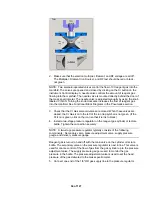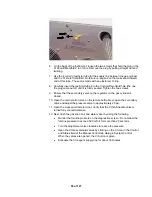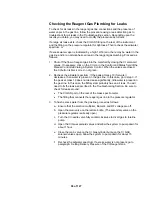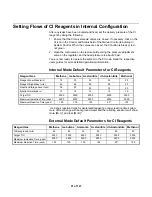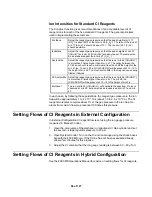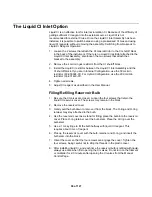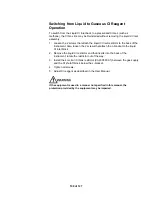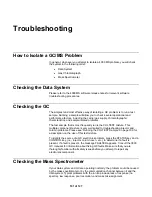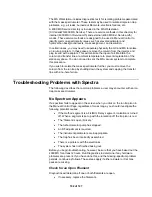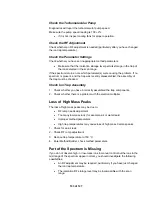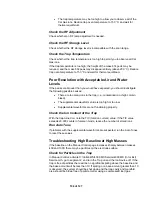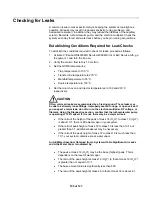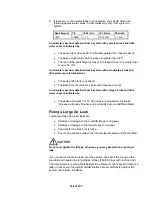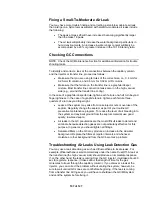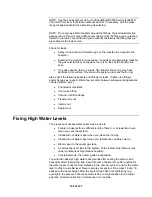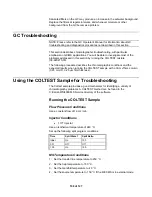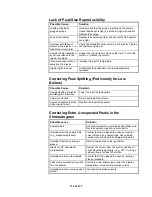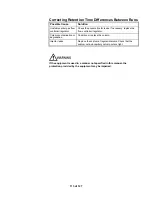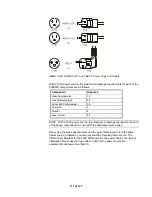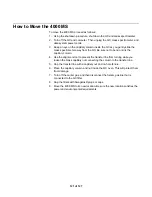
NOTE: Use the Leak segment of the C:\VarianWS\4000 MS Service\4000 MS
(Int or Ext) Service.mth method in Manual Control. If necessary, edit the mass
range as appropriate for the detection gas selected.
NOTE: Do not spray indiscriminately around the fittings. Typical leak detection
gases such as Freon or argon diffuse very rapidly from the fitting you are testing
toward a true leak. This could lead you to identify mistakenly the fitting that you
are testing as the leak source.
Check for leaks:
•
Spray a fine stream of detection gas on the transfer line closest to the
analyzer.
•
Examine the monitor for a response. If a peak at an appropriate mass for
the gas selected does not appear, there is no leak at the transfer line
seal.
•
If a peak appears, there is a leak. The transfer line O-ring may have
particles on its surface. Shut down the system and check the O-ring.
Also, check the following gaskets and fittings for leaks. (Tighten the fittings
and/or flanges as needed. Wait a few seconds between subsequent applications
of leak detection gas.)
•
Pneumatics
manifolds
•
Vent valve fitting
•
Vacuum manifold flange
•
Transfer line nut
•
Injector
nut
•
Septum
nut
Fixing High Water Levels
The presence of excess water vapor may be due to
•
Failure to bakeout for a sufficient length of time (i.e., at least two hours,
when you vent the system).
•
Introduction of water vapor when you clean the ion trap.
•
Introduction of water vapor when you replace the capillary column.
•
Water vapor in the carrier gas tank.
•
An atmospheric air leak in the system. This problem most often occurs
under conditions of high relative humidity.
•
In external mode, the helium getter is expended.
You will often observe high water backgrounds after venting the system, and
especially after cleaning the trap. Several hours of bakeout may be required for
the water vapor to desorb from surfaces in the vacuum system, and for the water
level to drop to a stable level. Never operate your system if the mass 18 and 19
peaks are the same height. After the system has baked out sufficiently (e.g.,
overnight), the presence of excess water is due to contamination in the carrier
gas tank, moisture collecting in cold spots, or an air leak.
108 of 127
Summary of Contents for 4000 GC
Page 4: ......
Page 40: ...6 of 127...
Page 77: ...3 Check source connection pins for proper alignment and straighten as necessary 43 of 127...
Page 124: ...90 of 127...
Page 148: ...114 of 127...

